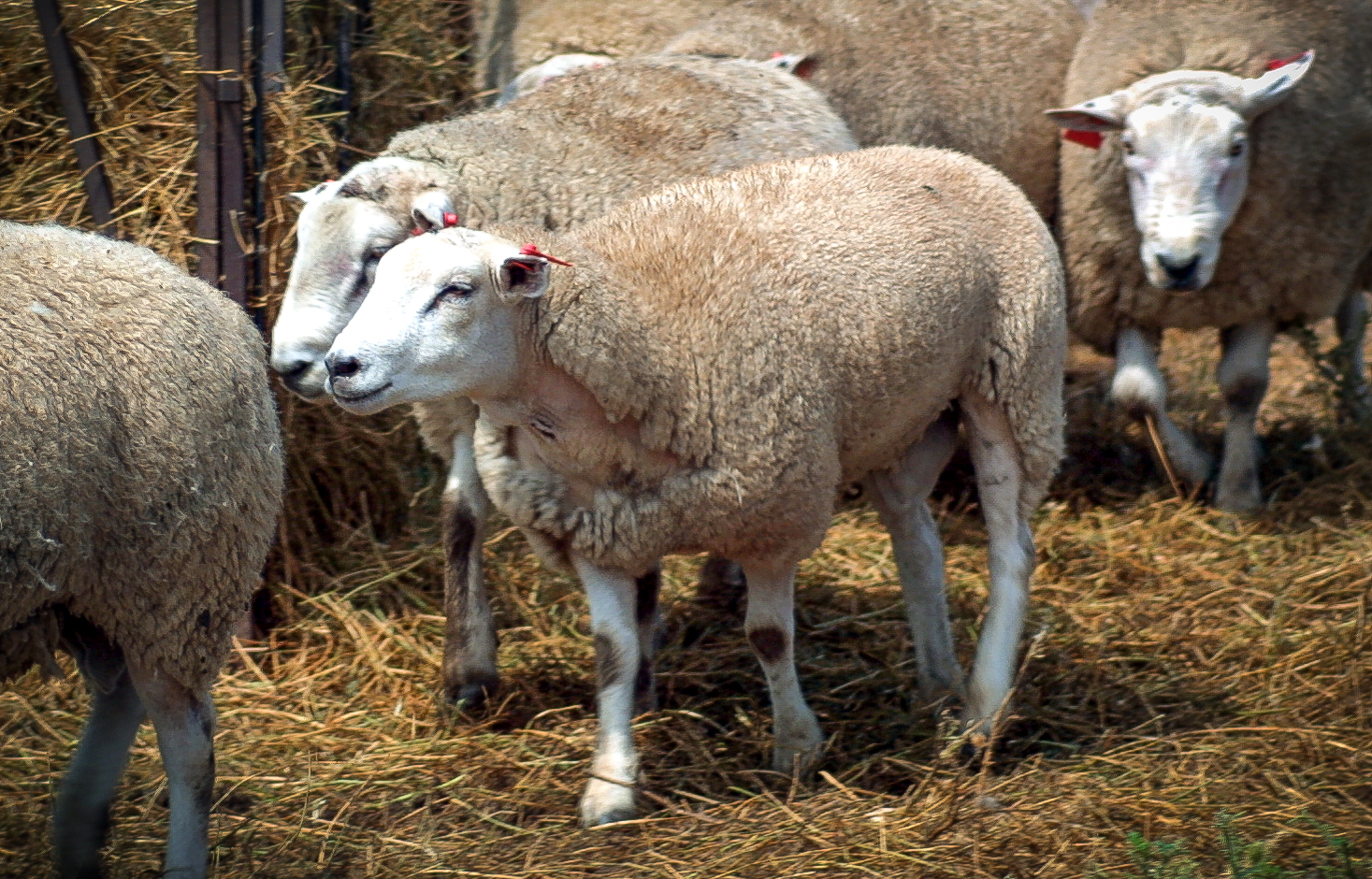What’s in the sheep genome? Wool see

After eight years of work, researchers have completed the first sequencing of the entire sheep genome.
Scientists from CSIRO led an international research team to complete the sequencing, which could lead to more effective breeding strategies and new approaches to the management of sheep in Australia and around the world.
With about 70m head of sheep in Australia and 1bn globally, the sequencing of the genome could have a massive impact for the rural economy given that sheep are a major source of meat, milk and wool products.
“We investigated the completed genome to determine which genes are present in a process called gene annotation, which resulted in an advanced understanding of the genes involved in making sheep the unique animals that they are,” CSIRO project leader Dr Brian Dalrymple said.
“Given the importance of wool production, we focused on which genes were likely to be involved in producing wool. We identified a new pathway for the metabolism of lipid in sheep skin, which may play a role in both the development of wool and in the efficient production of wool grease (lanolin).”
Publication of the work today in the journal Science is the culmination of the project for the team, which is part of the International Sheep Genomics Consortium, involving 26 institutions across eight countries.
Another key finding from the study involved the rumen, which is a modified stomach full of micro-organisms vital for the digestion of a sheep’s diet. The rumen is essential for sheep to convert hard-to-digest plant material into animal protein, and is differentiated from the true stomach by its tough keratin-rich surface, which is very similar to skin.
Many genes normally expressed in skin are also highly expressed in the rumen, but a number of new genes were identified which are rumen-specific, as well as one which appears to be present in most mammals but has so far only been expressed in ruminants.
Sheep are also an important biomedical model, particularly in Australia, and the genomic resources built by the team will provide a strong foundation for the detailed exploration of the similarities and differences between sheep and humans at the molecular level, and hopefully lead to improved medical treatments for a number of conditions such as sepsis and asthma.
 Follow
Follow